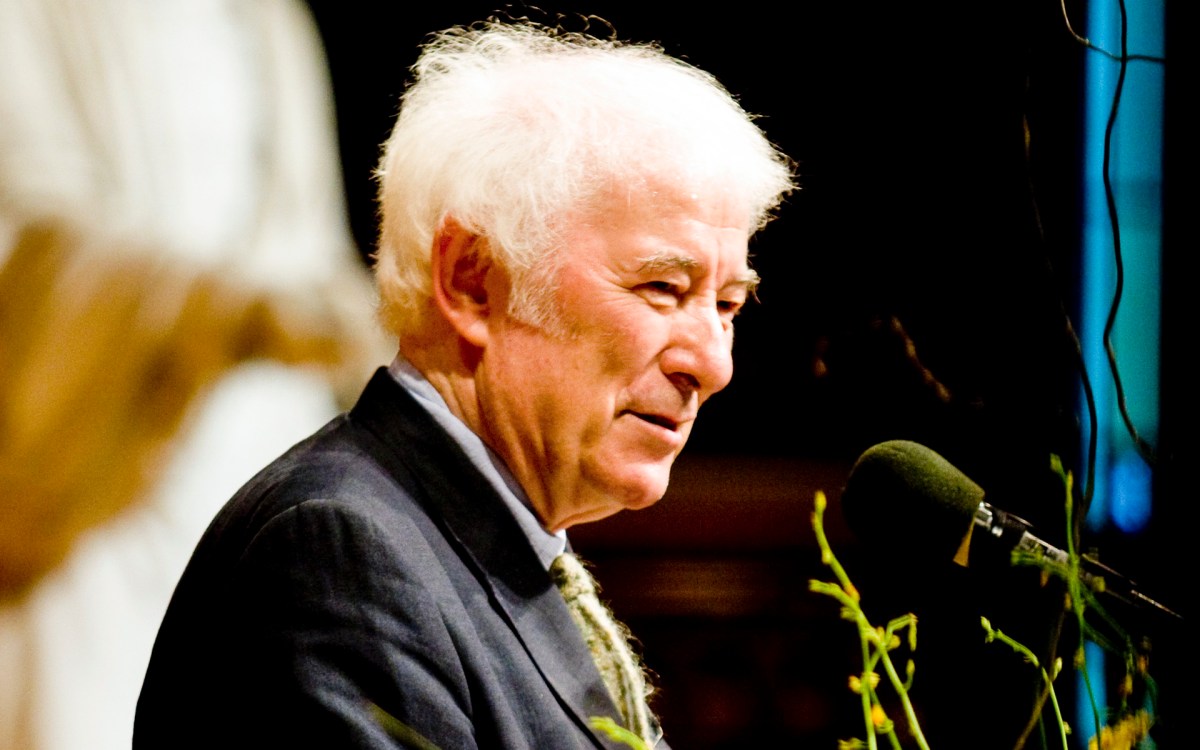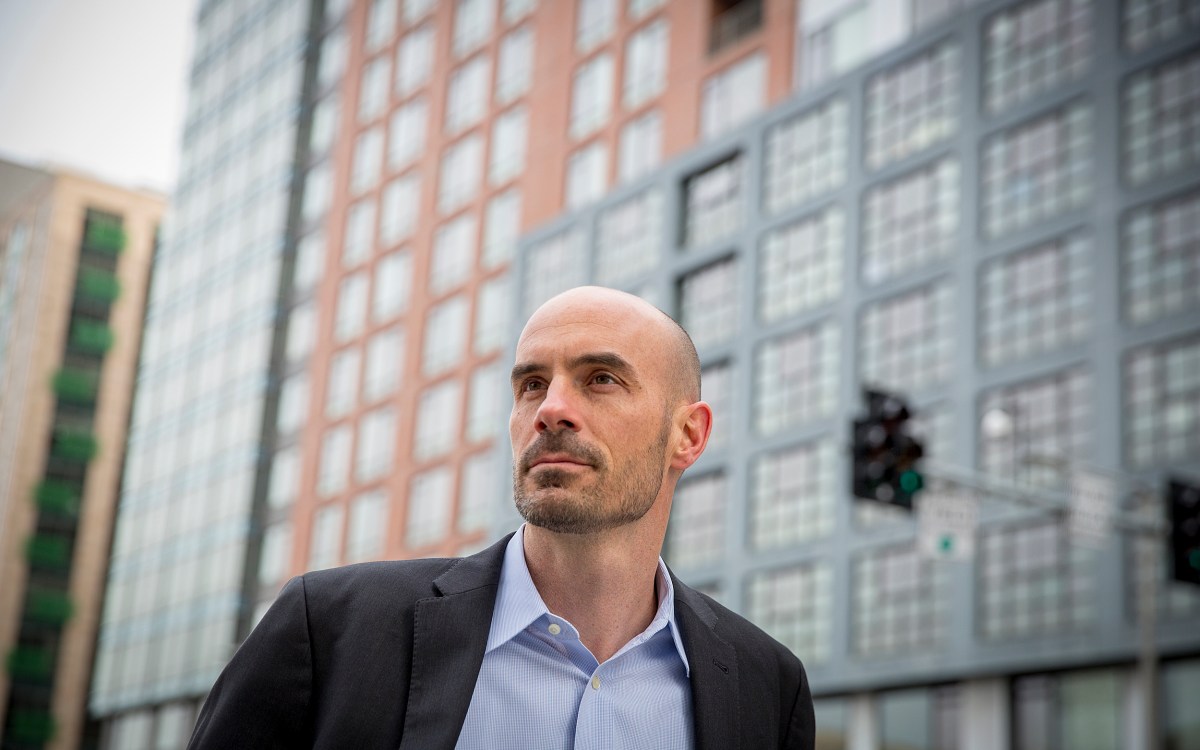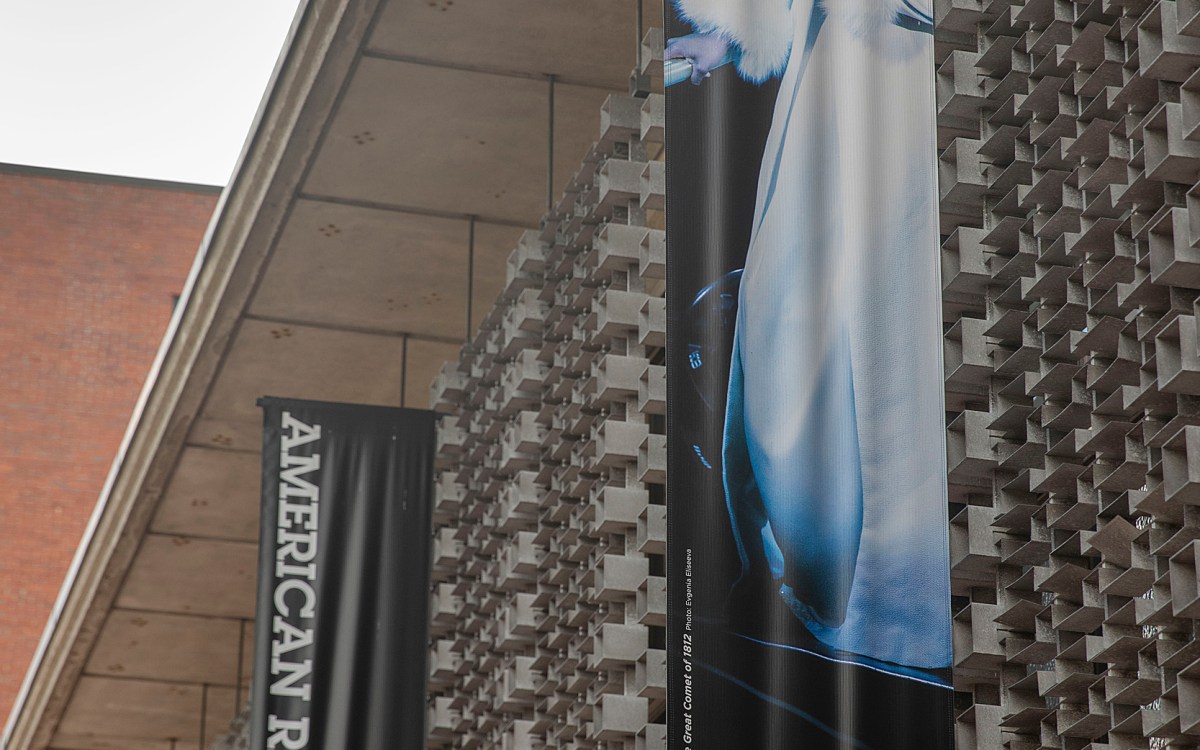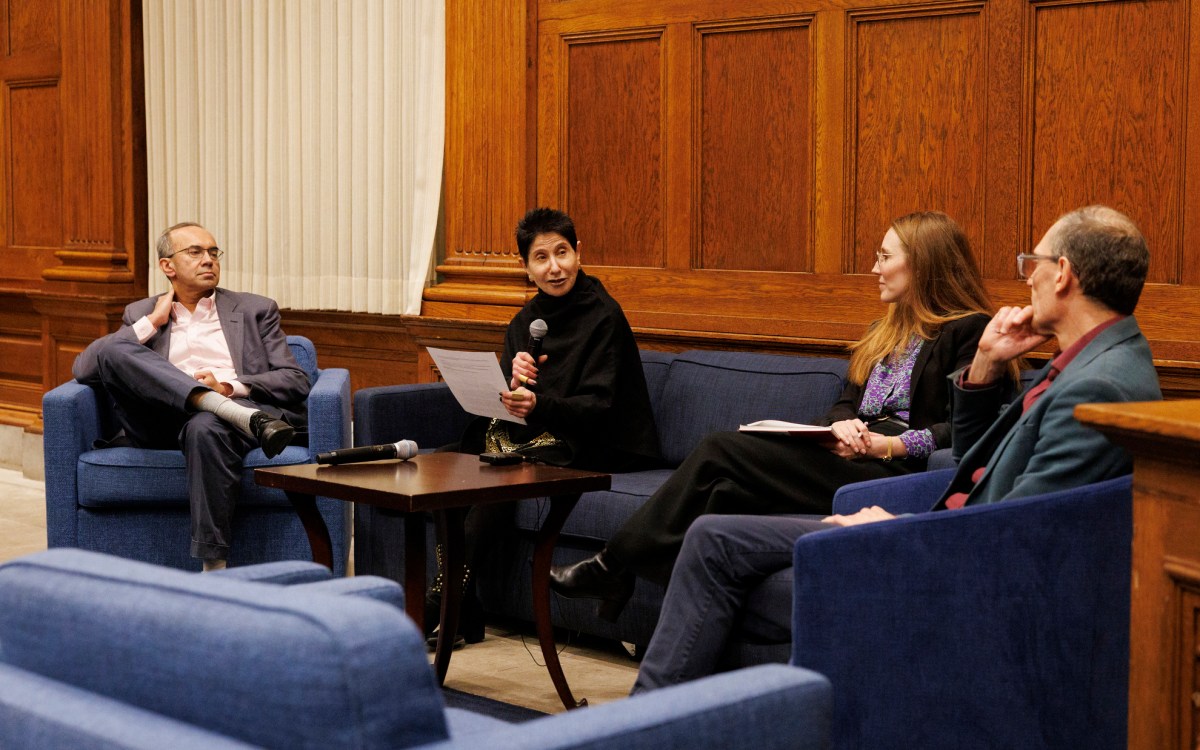
Kilyan Sockalingum/Unsplash
After America reopens, a healthy roadmap for theater
A.R.T.’s Paulus and Chan School’s Allen collaborate on a dynamic, evolving plan to ensure public safety and the life of performing art
Comeback stories always make great drama, and the American Repertory Theater (A.R.T.) is already planning one. In collaboration with the Harvard T.H. Chan School of Public Health, the A.R.T. is working on how it and other theaters can re-emerge in the wake of the current health crisis, uniting the community through great art while keeping audiences, performers, and theater staffers safe.
Called “The Roadmap to Recovery and Resilience for Theater,” the plan is envisioned as a continuously evolving document with ideas and source material relevant to theaters of all levels. It will develop principles and general guidance to address the particular challenges the theater faces because of the pandemic, while adhering to accepted health recommendations and the emergence of new scientific research. Once completed, it will be accessible to all on the A.R.T. website.
The collaboration, between Diane Paulus, the Terrie and Bradley Bloom Artistic Director of the A.R.T., and Joseph G. Allen, Chan School assistant professor, began before the pandemic as part of the A.R.T.’s planning for the company’s new home on Harvard’s Allston campus, Paulus said.
Citing the A.R.T.’s not-for-profit mission “to expand the boundaries of theater,” Paulus had already engaged in discussions with Howard Koh, Harvey V. Fineberg Professor of the Practice of Public Health Leadership at the Chan School, about concrete ways the company’s new building and its programming could embody a commitment to public health. Allen, director of the Chan School’s Healthy Buildings program, was part of a think tank advising the architects of the A.R.T’s center for research and performance about how to make the building healthy.
“The theater is, at its core, about shared humanity, connection, the potential for transformation. As we face the future, we will need theater’s healing power more than ever.”
Diane Paulus
The goal is to create a structure that is not only healthy in terms of its ventilation and materials but will also incorporate public space and adapt to a variety of public uses. “We are investigating how an arts institution can lift issues around public health, like inequity in health care and the empathy gap,” said Paulus, who became intrigued by the connection between the arts and public health when she was invited to be the Marmor Artist-in-Residence by the Arts and Humanities Initiative at Harvard Medical School in February. “Theater has the power to address what the WHO defines as health: a state of complete physical, mental, and social well-being,” she said.
Then came the closure of Harvard and later the state. Cambridge shows were postponed; the Broadway production of “Jagged Little Pill” and national tour of “Waitress” were halted; and the London production of “Waitress” closed. The A.R.T. turned its attention to how to respond.

Efforts included relief work: The production department donated masks and gloves to first responders, for example, while the costume department began sewing masks for the Cambridge Health Alliance. But even as the A.R.T. moved many of its operations online, workshopping its postponed production of “1776” on Zoom, for example, the discussions continued.
Looking to the future, the teams began examining all aspects of the theater, from rehearsals through production, ticketing, and performance. The goal, said Allen, is to “reimagine a path toward recovery for theater following science-based public health principles.”
Some of the guidance promoted by the roadmap will likely duplicate the distancing that the A.R.T. is already employing, with early rehearsals and discussions taking place remotely. Coming up with options for a live audience is more complicated, and the collaborators are looking into such possibilities as timed arrivals and departures to avoid crowding. Concession items may be preordered and waiting at each audience member’s seat upon arrival. Intermissions, with their restroom rush, will need to be rethought, however.
“We’re preparing scenarios, so when the time is right and local, state, and CDC guidelines allow, we can actually begin the process,” said Paulus. “We’re also thinking about how we can continue to fulfill our mission by creating new models.”
Some of these options — especially as early first steps — might include outdoor performances. Paulus discussed conversations with William “Ned” Friedman, director of the Arnold Arboretum, broaching a “Sleep No More”-style production, in which small groups — perhaps families or those who have sheltered together — move from site to site within the 281-acre campus.
The resulting roadmap will of necessity be an evolving document, incorporating new research as it emerges. “The science is changing fast,” said Allen. “We’ll make adjustments accordingly. We need to start slow and prove to ourselves that we can do this safely, and then scale it up.
“We also have to fully recognize there will be disruptions. We need to be nimble and agile, and we have to recognize there is no ‘zero risk.’ We are working to minimize risk,” he said. “The goal is to give people hope.”
Stressing A.R.T.’s adaptability, flexibility, and dynamism, Paulus sees such hope ahead.
“The theater is, at its core, about shared humanity, connection, the potential for transformation,” she said. “As we face the future, we will need theater’s healing power more than ever.”







